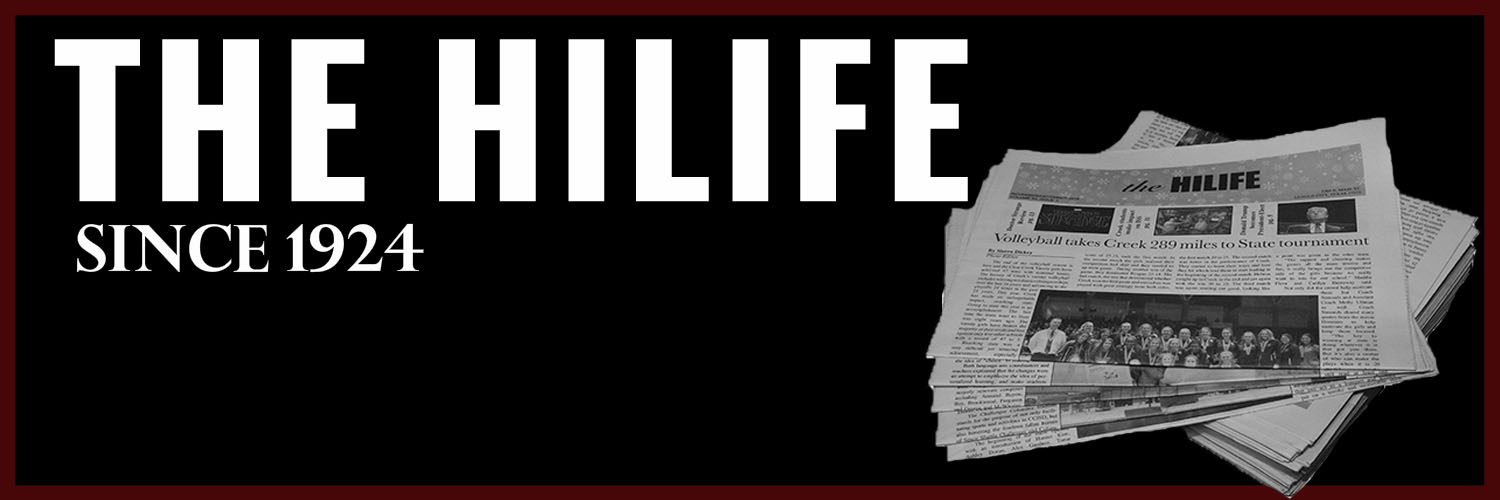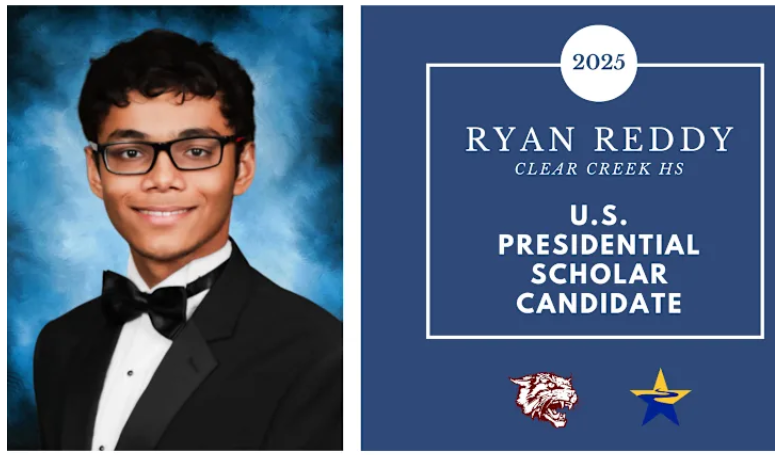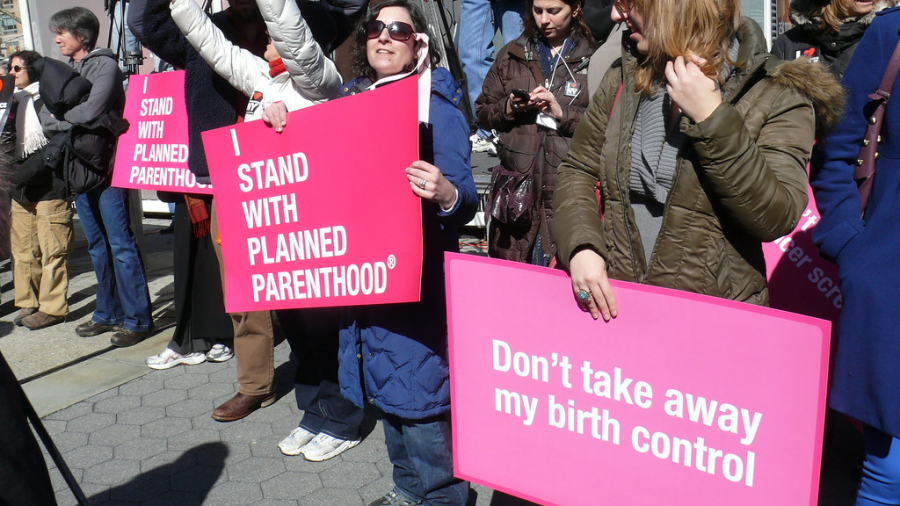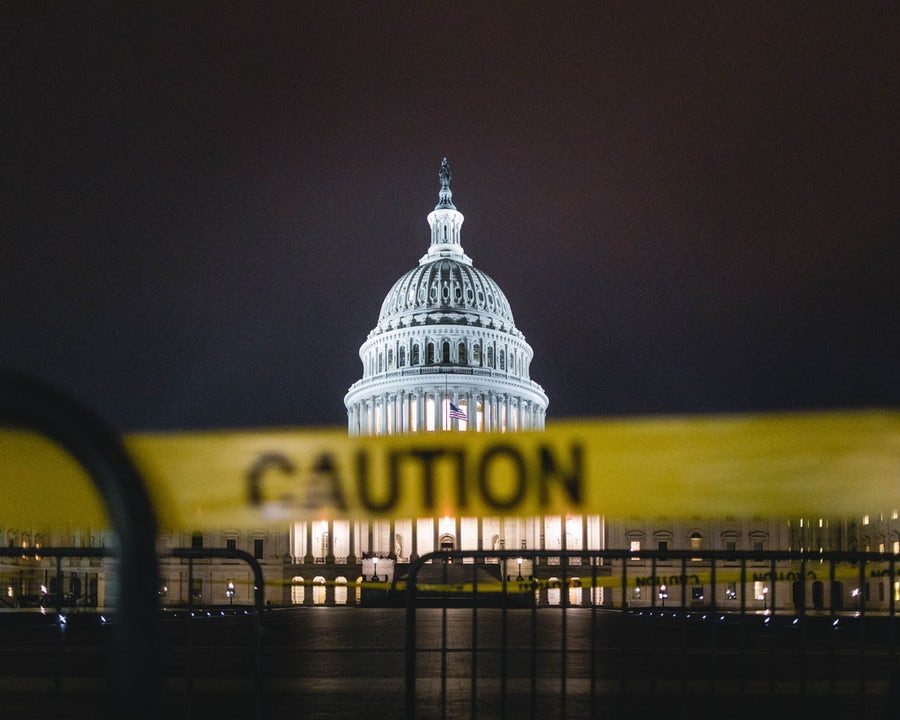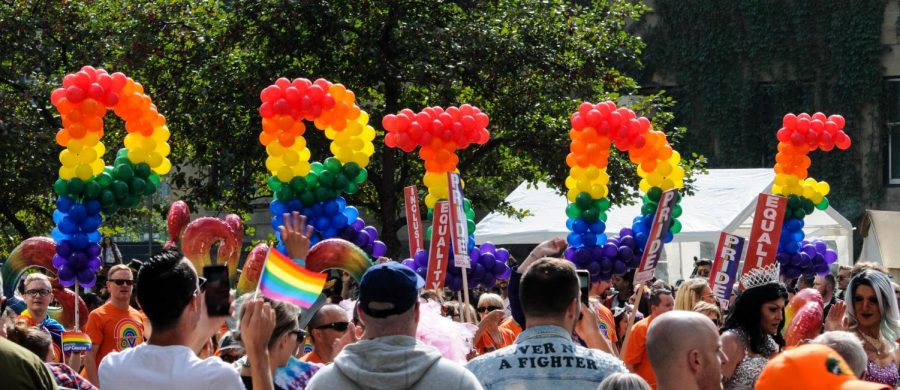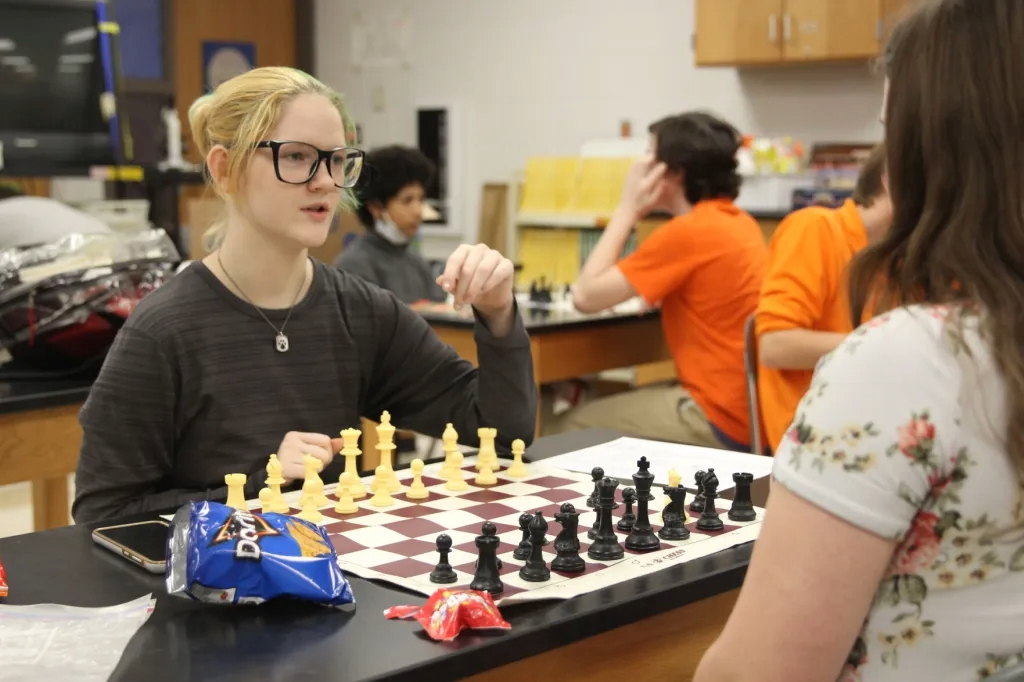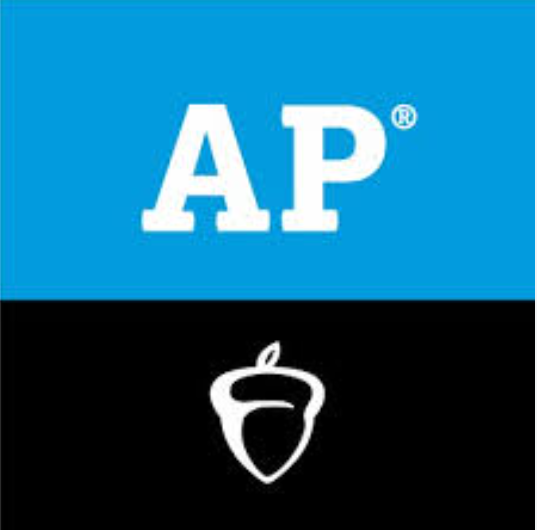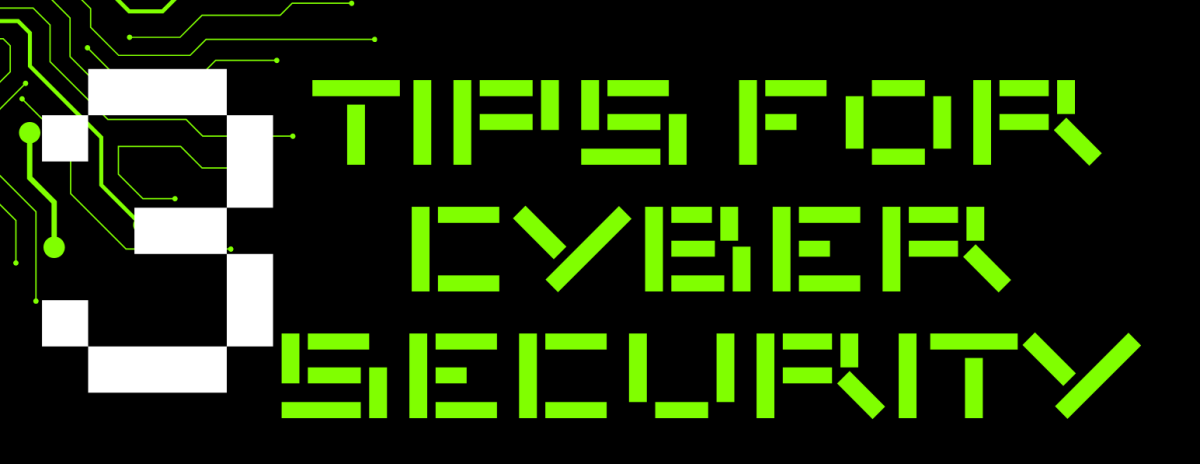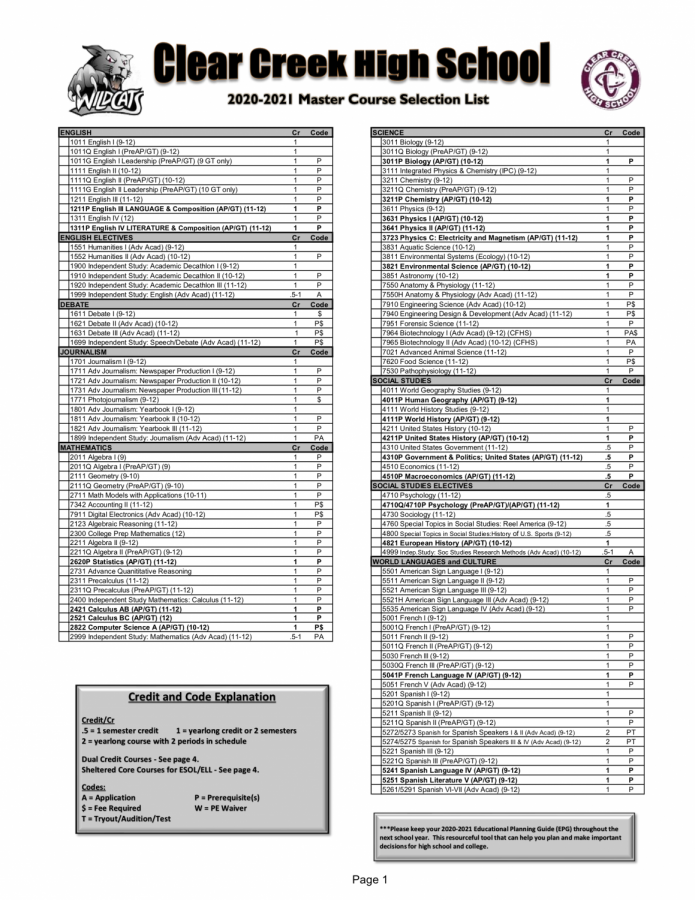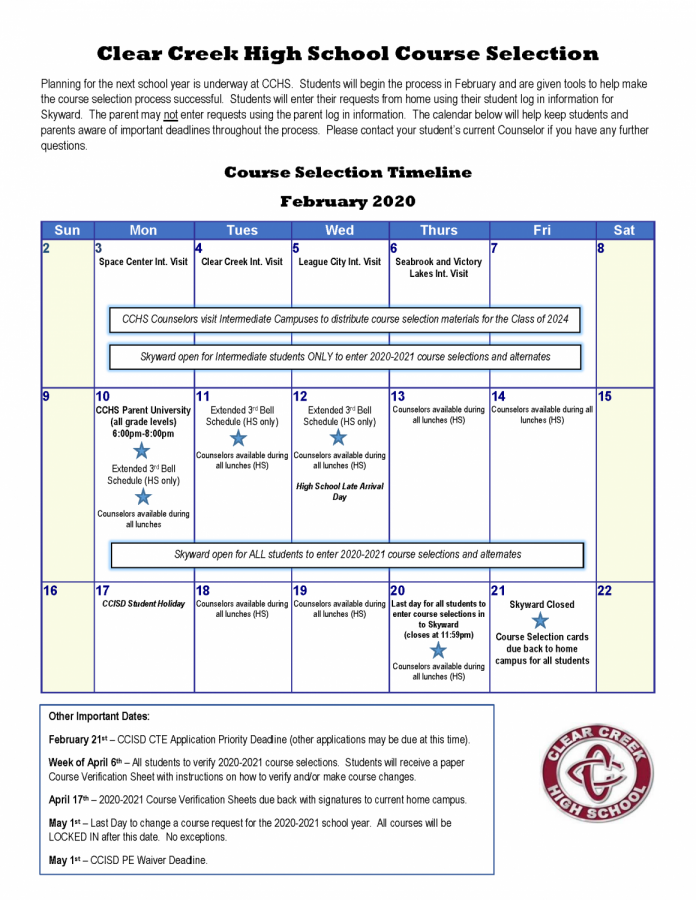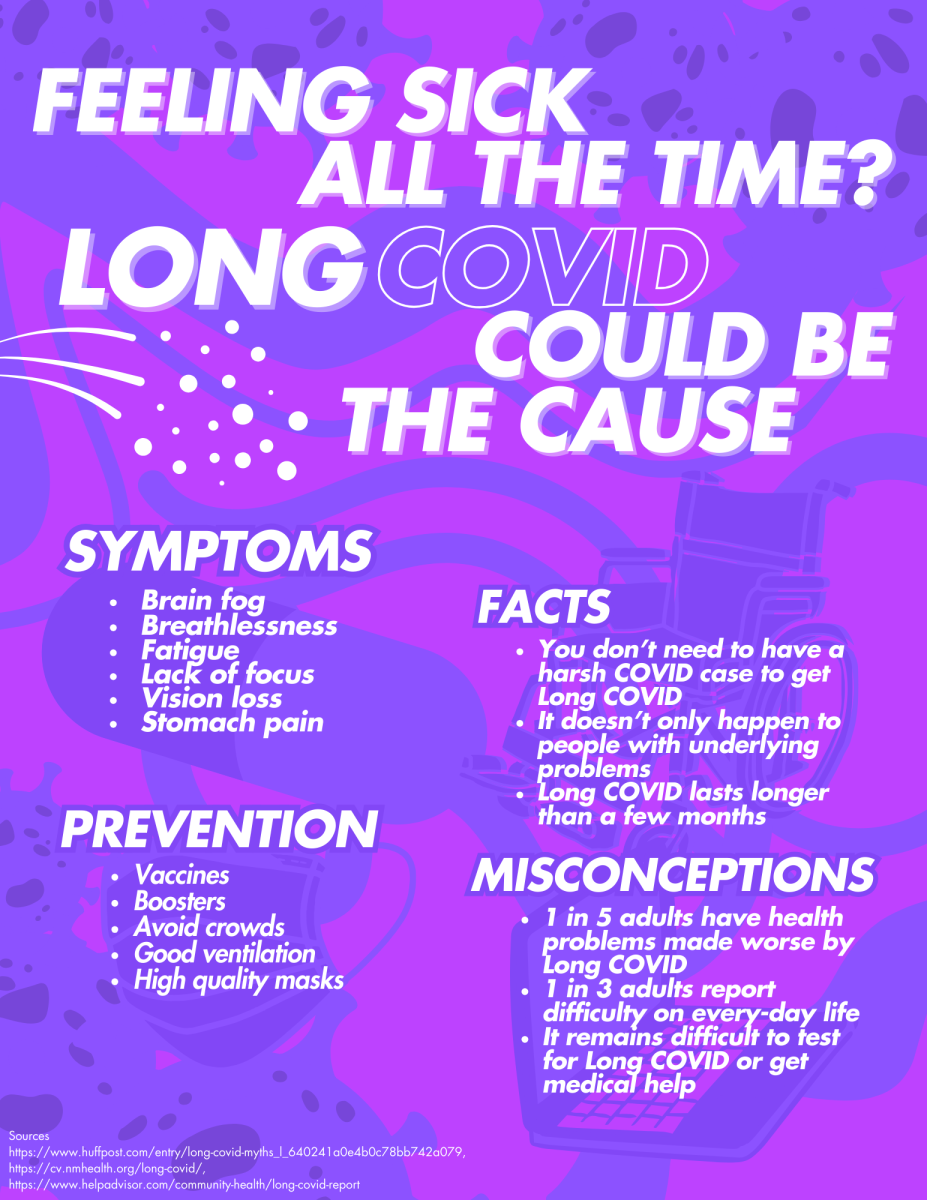Assisting students to get ahead in college, Advanced Placement, AP, courses are advertised as courses to assist students in getting ahead in college and throughout their high school education. However, this privilege is often reserved only for certain groups, as AP classrooms often reflect stark racial and socioeconomic segregation, mirroring and amplifying inequalities in the American education system.
Despite the increased accessibility of AP courses, students of color remain underrepresented in AP classrooms. According to the Center for Education and Civil Rights, the number of high school students from different racial and ethnic backgrounds enrolled in AP classes depends on their location. Urban locations indicate more access to higher level coursework. The systematic problem lies in the barriers that prevent students from enrolling in these classes in the first place. According to the U.S. Department of Education, economically disadvantaged students are about four times less likely to take AP courses compared to their more affluent peers, meaning that when a student is less affluent than their peers, they face an economic barrier that prevents them from accessing advanced education. Often teachers and counselors don’t encourage AP classes to their minority students due to their covert biases, which discourages certain demographics from enrolling in advanced classes.
Often, expectations of educators can influence which students are encouraged to take AP classes. Research suggests that teachers may underestimate the potential of students of color, even when their academic records suggest readiness. Additionally, schools in wealthier areas tend to offer more AP courses and have more experienced teachers. In contrast, schools serving predominantly low-income or minority communities may offer fewer AP options. The underrepresentation of students of color in AP classes perpetuates cycles of inequality. AP courses often serve as a pipeline to competitive colleges and scholarship opportunities. By being excluded or underrepresented, students from marginalized communities miss out on academic advantages, reinforcing disparities in college admissions and future earnings, thus widening the socioeconomic gap between white people and marginalized communities. Moreover, disparities in AP classes sends a harmful message to students—that some are more capable or deserving of advanced education and future opportunities than others. This disparagement erodes self-esteem and aspirations among students who are excluded and normalizes inequality among those who benefit from the system.
Many may argue that the contrast of demographics enrolled in AP classes is only due to the barriers posed to students of different ethnicities outside of education. Although other inequities can catalyze the negative relationship between minority enrollment in AP classes, these classes can still be weaponized through teacher discouragement, accessibility, and more, which makes the class options inequitable.
Disparities in AP classes enrollment is a microcosm of broader educational inequities. While AP courses are designed to democratize access to college-level learning, they often serve to entrench privilege when access is uneven. Addressing the inequities in these programs is not just about fairness, but it’s about unlocking the full potential of every student and building a more just and inclusive education system. Teachers should encourage all students, regardless of their background, to enroll in AP classes, as well as address the opportunities that AP classes have to offer in order to motivate more diverse amounts of students to enroll. Additionally, school districts should offer free study resources, AP tests, and submission of scores to colleges, to students that qualify, to alleviate expenses off students of lower socio-economic status, as additional expenses may affect their performance; along with counselors encouraging outreach to marginalized communities regarding the opportunities in taking AP classes.
